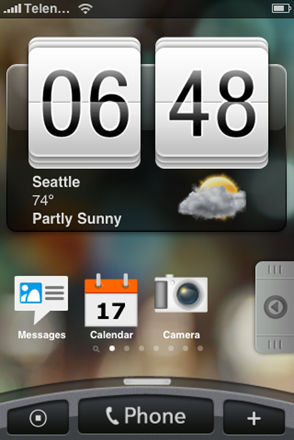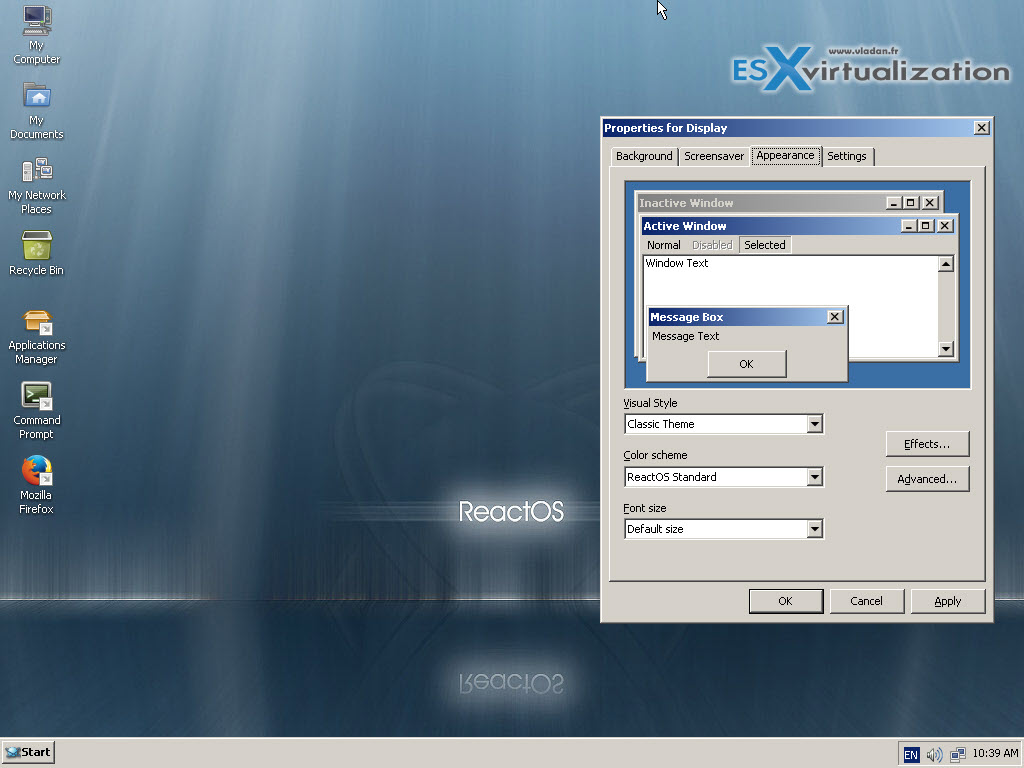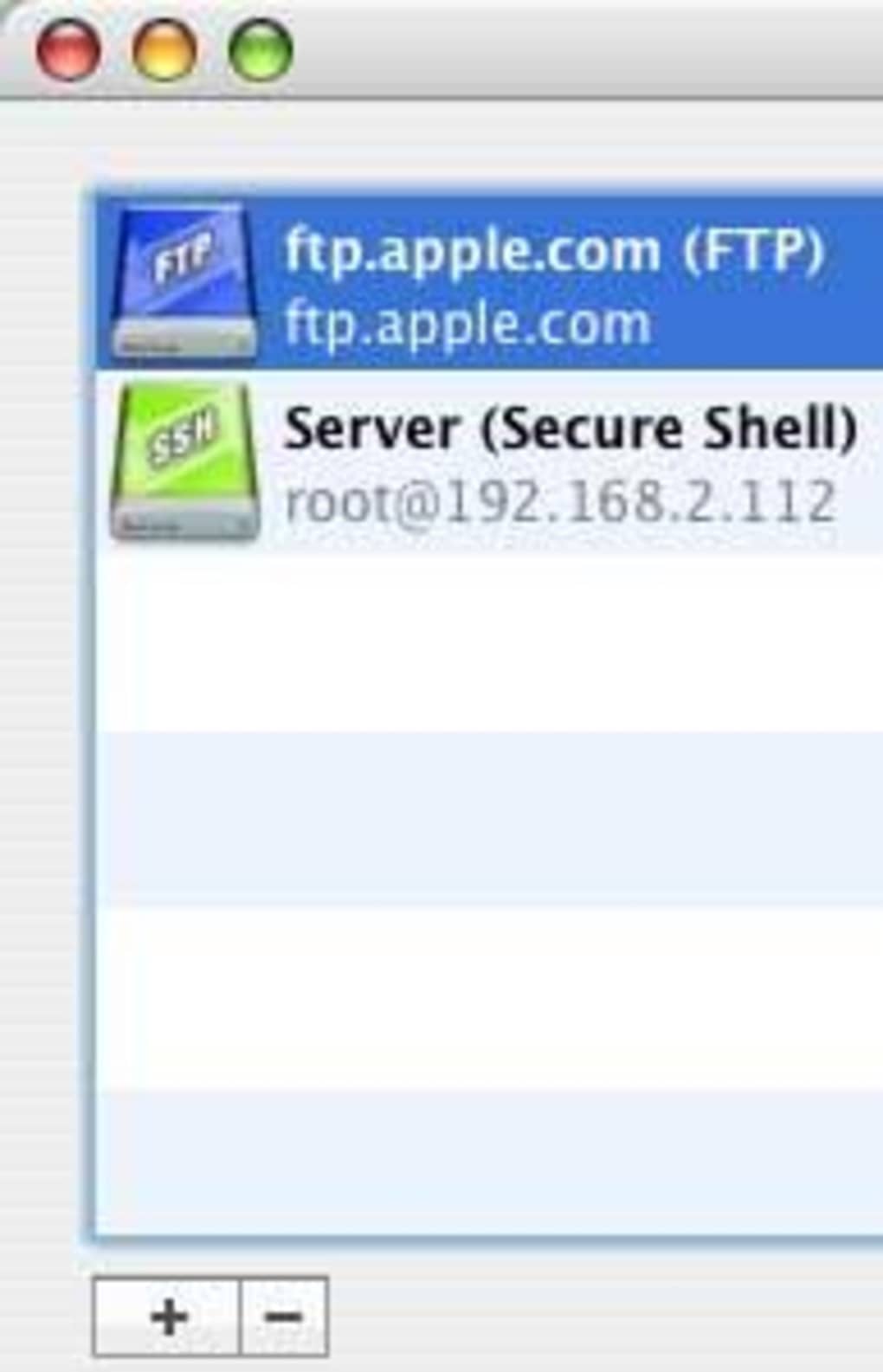

- #Free macfusion alternative install
- #Free macfusion alternative update
- #Free macfusion alternative full
In the last step, you’ll walk through an example of configuring a permanent mount. If you no longer need this mount, you can unmount it with the umount command: If the virtual server or local machine is powered off or restarted, you will need to use the same process to mount it again. It is important to note that the mount command only mounts a remote disk for your current session.

Likewise, you can copy files into or out of the /mnt/droplet folder and they will be uploaded to or from your remote server in the background. For instance, if you create a file in the /mnt/droplet directory, the file will appear on your virtual server. Now you can work with files on your remote server as if it were a physical device attached to your local machine.

sshfs uses an ordinary SSH connection in the background, and if it is your first time connecting to the remote system over SSH, you may be prompted to accept the remote host’s key fingerprint. If you receive a Connection reset by peer message, make sure that you have copied your SSH key to the remote system. /mnt/droplet is the path to the local directory being used as a mount point.
#Free macfusion alternative full
your_other_server:~/ provides the full path to the remote directory, including the remote username, sammy, the remote server, your_other_server, and the path, in this case ~/ for the remote user’s home directory.In this case, you are using allow_other to allow other users to have access to this mount (so that it behaves like a normal disk mount, as sshfs prevents this by default), and default_permissions (so that it otherwise uses regular filesystem permissions). -o precedes miscellaneous mount options (this is the same as when running the mount command normally for non-SSH disk mounts).The options to this command behave as follows: sudo sshfs -o allow_other,default_permissions your_other_server:~/ /mnt/droplet.You can now mount a remote directory using sshfs. Note: On Windows, remote filesystems are sometimes mounted with their own drive letter like G:, and on Mac, they are usually mounted in the /Volumes directory.Ĭreate a subdirectory within /mnt called droplet using the mkdir command:
#Free macfusion alternative install
Then, use apt install to install the sshfs package.
#Free macfusion alternative update
On Ubuntu, you can install it using apt.įirst, use apt update to refresh your package sources: SSHFS is available for most Linux distributions. You can accomplish this by following our Initial Server Setup Guide, by connecting directly from one machine to the other. One of these can be a local machine rather than a cloud server.


 0 kommentar(er)
0 kommentar(er)
